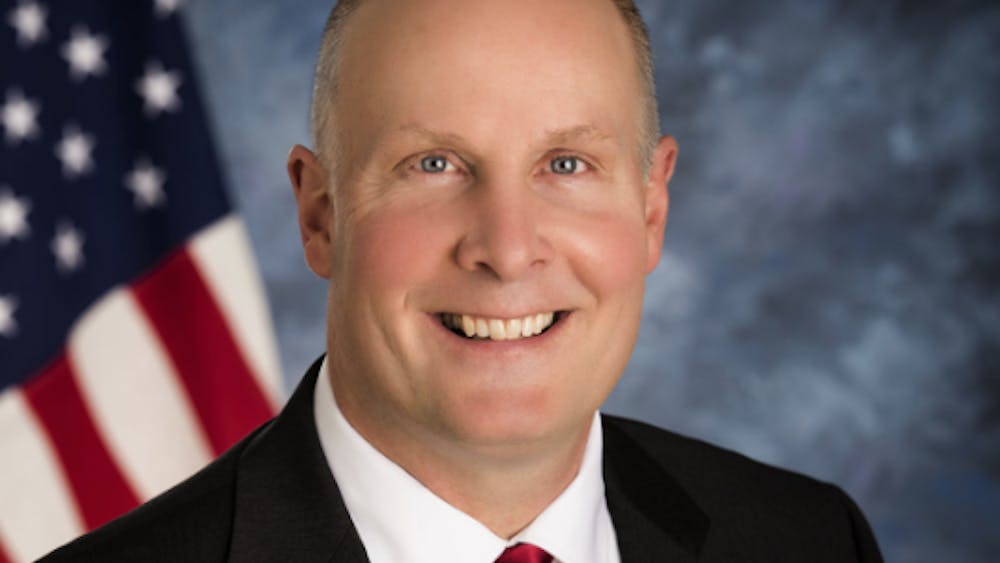Rep. Kevin Cotter calls President George Ross' plea to subcommittee for per-student funding 'a major concern'
LANSING — Before the House Subcommittee on Higher Education Wednesday, University President George Ross made a plea for per-student funding in Michigan universities.
Ross said CMU was ranked among the lowest on a state and national level for per-student funding, and the university would comply with metrics to help improve funding.
“We’re currently spending at a 1999 spending rate at CMU,” Ross said during his testimony. “CMU is currently on a per-student funding level that ranks 11 out of the 15 institutions. Nationally, it was reported by a U.S. News & World report that CMU ranks 265 out of 268 institutions for financial resources.”
Ross said there’s something wrong with the differential of per-student funding levels throughout the state and wants Michigan’s public universities to be funded at a comparable level.
“From highest to lowest in the state, there’s a $5,000 to $6,000 differential," he told Central Michigan Life after the hearing. “I keep pushing for it, because we’re using state tax dollars for the universities throughout Michigan. On a per-student basis, we shouldn’t get less money for you to go to CMU versus going to another school.”
State Rep. Kevin Cotter, R-Mount Pleasant and vice chair of the committee, said the per-student funding level has been an issue he has been concerned with since joining the subcommittee.
“It’s a major concern and something I’ve been voicing, and I was glad to hear (Ross) mention that again today," Cotter said after the hearing. "I actually talked about it last week during the testimony of another school. We have such a major disparity in per-student funding levels.”
Cotter said his only explanation for the difference in per-student funding levels, which range from less than $3,000 to upward of $8,000, is that legislators favored certain institutions in the past.
“One of the first things I did when I came to the legislature was to dig into that and to find out why,” Cotter said. “And the answer is it’s political, and that’s the only answer I could get. There’s no other sense you could make of the numbers or what happened before term limits.”
Ross’ testimony, given in the House Appropriations room in the state capitol building, also addressed performance-based metrics for state-funded universities, financial aid and university access for first generation, minority and nontraditional students. Along with Ross, Eastern Michigan University President Sarah Martin and Wayne State University Vice President for Governmental and Community Affairs Patrick Lindsey testified before the committee.
Ross first addressed the subcommittee’s question regarding financial aid, addressing tuition raises and increase in financial aid in recent years.
“Since 2008, CMU has increased its financial aid to students by 64 percent. We have gone from $31.5 million in 2008 to $51.7 in the current fiscal year,” Ross said. “I would note to you that over the last two fiscal years, cumulatively we’ve had the lowest tuition increases in the state. In the last two years, it’s been a combined total of 5.53 percent.”
Ross said he supports Gov. Rick Snyder’s performance-based funding system, and CMU is willing to be held accountable by metrics for higher education funding.
“I really do think we need to do (performance-based funding) on peer comparisons,” Ross said. “And we have a group of 11 peers that we’d benchmark against CMU: schools that sort of look like us as far as enrollment, among other things.”
The university supported comparing performance against peer institutions based on metrics, and supported using tuition prices, the number of graduates to remain in Michigan and the number of students using Pell Grants as metrics, Ross said.



